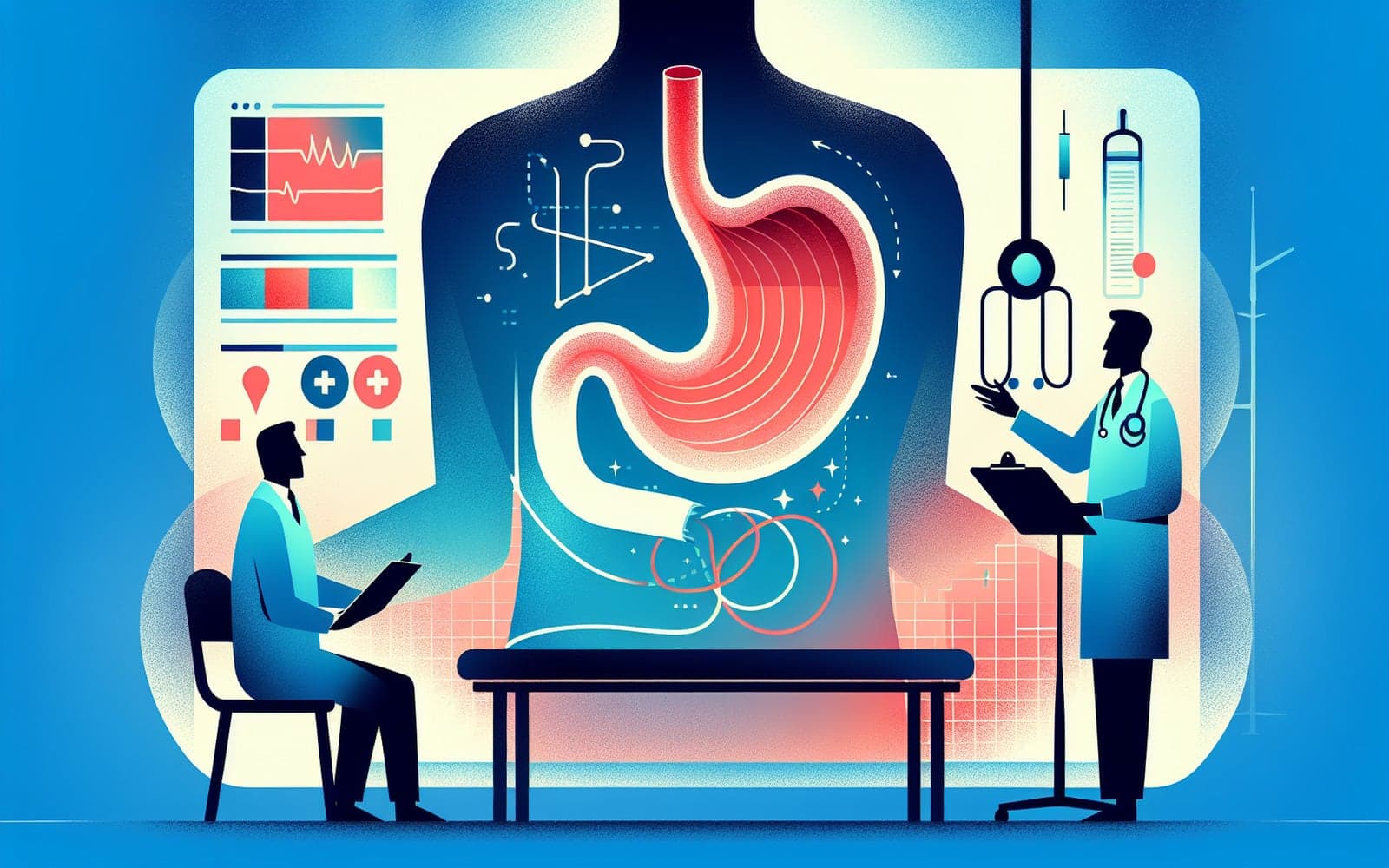How Do Doctors Diagnose GERD?
Published: Jul 21, 2024

Medically reviewed by Alan Lucks | MD, Alan Lucks MDPC Private Practice - New York on July 21st, 2024.
Diagnosing GERD involves a combination of tests to understand the severity and cause of the symptoms.
Contents
Endoscopy Explained
An upper endoscopy allows doctors to view the esophagus and stomach lining directly. This test helps identify any damage or inflammation caused by acid reflux. It’s a key tool in diagnosing GERD and its complications like Barrett's esophagus.
The Role of pH Testing
Esophageal pH testing measures the acidity in the esophagus over a 24-hour period. This test helps confirm GERD by showing abnormal acid exposure. It is especially useful for patients with persistent symptoms despite treatment.

Understanding Manometry
Esophageal manometry measures the movement and pressure in the esophagus. It helps assess the function of the lower esophageal sphincter (LES) and esophageal muscles. Manometry is crucial for planning surgical interventions for GERD.
Frequently Asked Questions
A procedure to view the esophagus and stomach lining directly.
To measure acidity in the esophagus and confirm GERD.
It measures esophageal movement and pressure.
For patients with persistent symptoms despite treatment.
Key Takeaways
Accurate diagnosis of GERD involves multiple tests to tailor effective treatment strategies.
Engage with Doctronic to understand which tests are right for diagnosing GERD.Related Articles
References
Gyawali CP, Kahrilas PJ, Savarino E, et al. Modern diagnosis of GERD: the Lyon Consensus. Gut 2018; 67:1351.
Slater BJ, Collings A, Dirks R, et al. Multi-society consensus conference and guideline on the treatment of gastroesophageal reflux disease (GERD). Surg Endosc 2023; 37:781.
This article has been reviewed for accuracy by one of the licensed medical doctors working for Doctronic. Always discuss health information with your healthcare provider.

